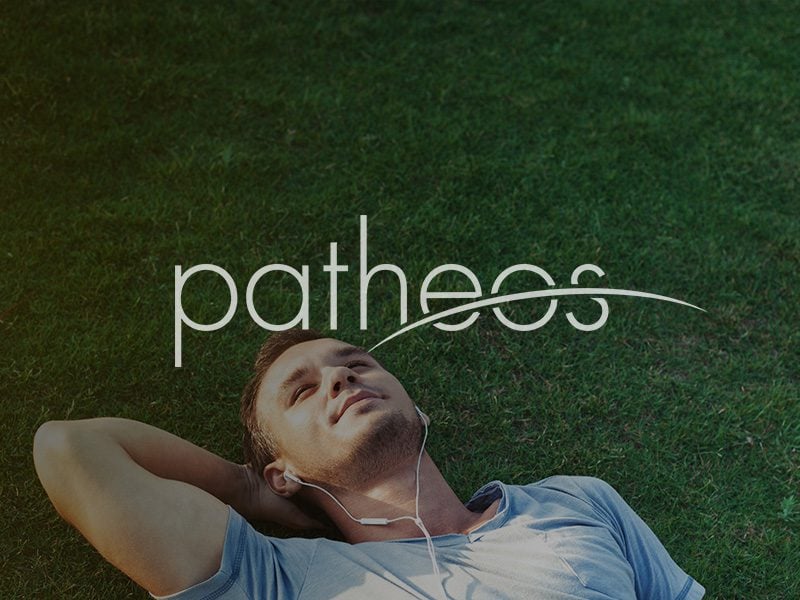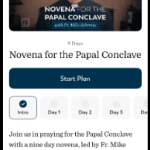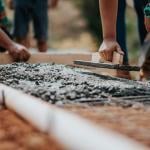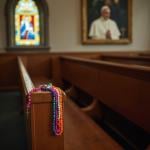![]() Time does not heal all wounds. In fact, time often masks wounds or dismisses them (once they get too old). I am not speaking in the abstract: time can be a real obstacle to healing. This is painfully obvious in everyday life.
Time does not heal all wounds. In fact, time often masks wounds or dismisses them (once they get too old). I am not speaking in the abstract: time can be a real obstacle to healing. This is painfully obvious in everyday life.
On other occasions, time is credited for healing when it is at best a secondary cause. When the body needs healing, we often say: “It will just take some time.” This is partially true in a certain way of speaking, but the cause of the healing is not time passing: it is the physiological process that is taking place.
Time can also make the need for healing relative to the proximity of harm. When time passes and puts harm at a distance, the desire for healing fades away. But the wounds remain. And the pain.
In a culture that has fragmented human life into “public” and “private” spaces, it is easy to hide our wounds away from the sight—and touch—of others. It is no wonder, then, that we live in a culture in need of radical healing. Literally: we need healing roots—radis, in Latin.
The myth of progress allows time to rule the day; healing is put aside for moving ahead, for getting along. In this process, we have forgotten many things along the way—including each other, and God. And what we do remember we often do not remember well.
How do we heal what we cannot remember?
When prophetic voices remind us of the pain caused and harm inflicted, our culture invokes the politics of time and repression. We politicize the relational. But this is surely more than politics: it is the ancient desire for love, for touch, for communion. The tired voices that argue over our cultural memory cannot be trusted because they do not offer healing to the forgotten.
We cannot heal until we learn to dwell in the pain, to refuse the absence and alienation of our modern lives by making oneself present to others, to God, in love.
















